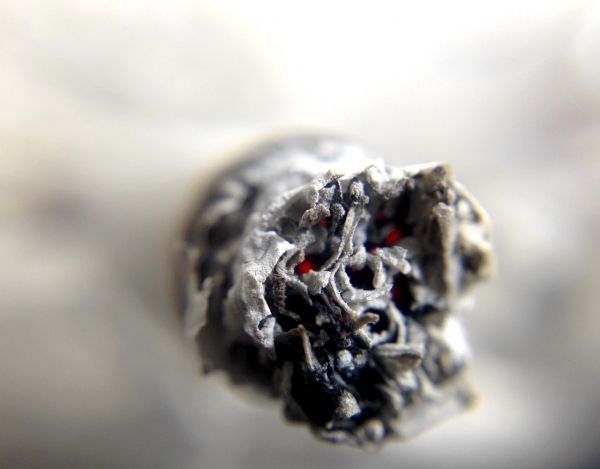Second- and thirdhand tobacco smoke have received lots of attention, but much less is known about the compounds deposited on surfaces from cannabis smoke. Now, researchers reporting in ACS’ Environmental Science & Technology have discovered that ozone –– a component of outdoor and indoor air –– can react with tetrahydrocannabinol (THC), the psychoactive component of cannabis, on glass or cotton surfaces to produce new compounds, which they characterized for the first time.
Smoking emits reactive chemicals that remain in the air (so-called secondhand smoke) or deposit onto surfaces, including walls, windows, clothing and upholstery (thirdhand smoke). Unlike the secondhand variety, thirdhand smoke lingers long after a person stops smoking. Nicotine is semi-volatile and reacts with other chemicals on surfaces, producing new compounds that, if volatile, can also become airborne. Because cannabis smoke is chemically distinct from tobacco smoke, Aaron Wylie and Jonathan Abbatt wanted to characterize the compounds formed when THC, by itself or in cannabis smoke, on surfaces reacts with ozone in the air.
Read more at American Chemical Society
Photo Credit: Shutterbug75 via Pixabay


